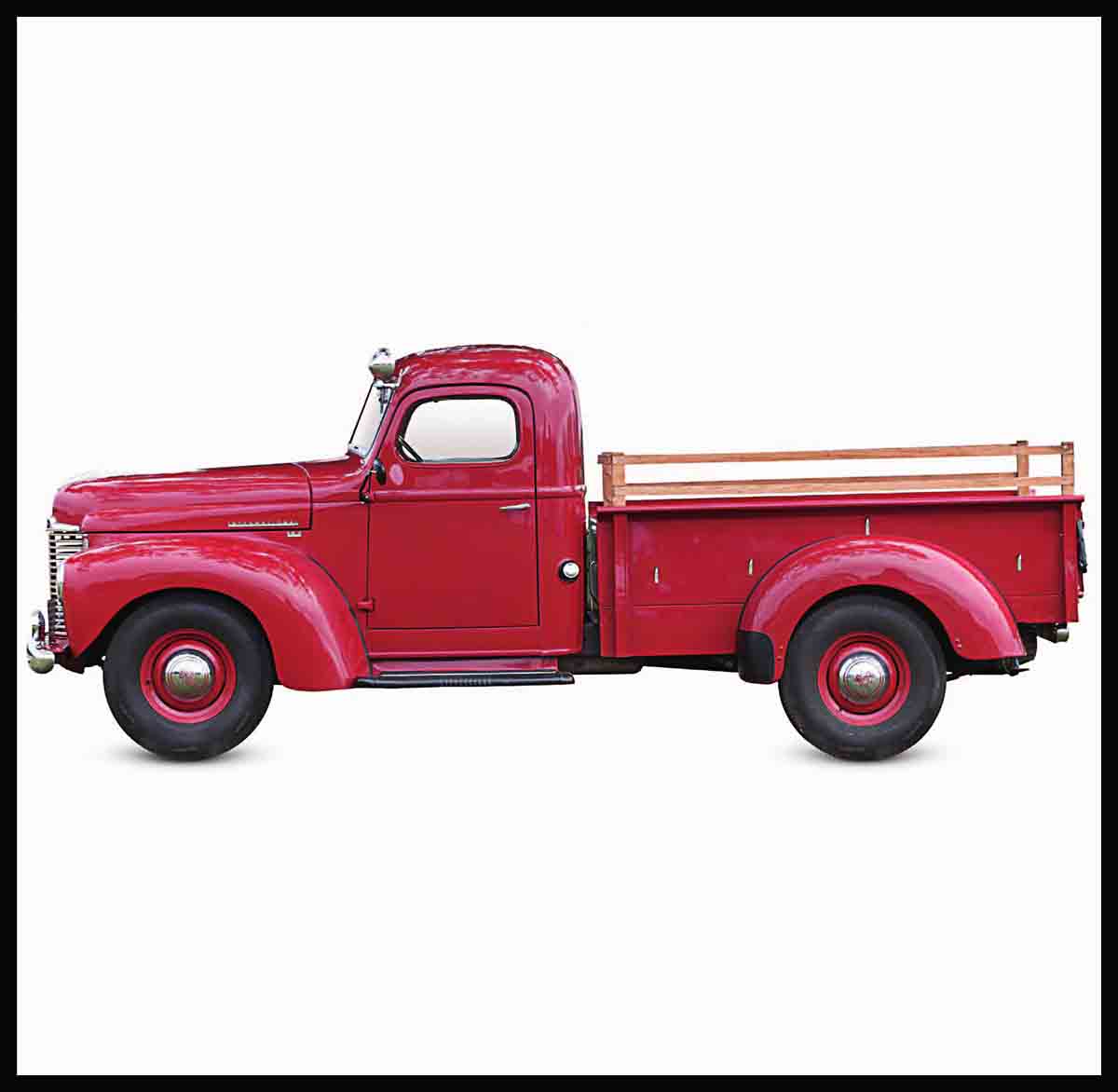
Practical Everyday Transportation
The demands and shortages of World War II meant that transportation in the 1940s had to concentrate on practicality without frills or luxuries—vans and pickups were vital to move food and supplies to where they were needed, and off-road vehicles were required to carry troops over rough terrain. After the war, simple, sturdy vehicles were in demand as the world’s economies began to recover.
Ford F1, 1948
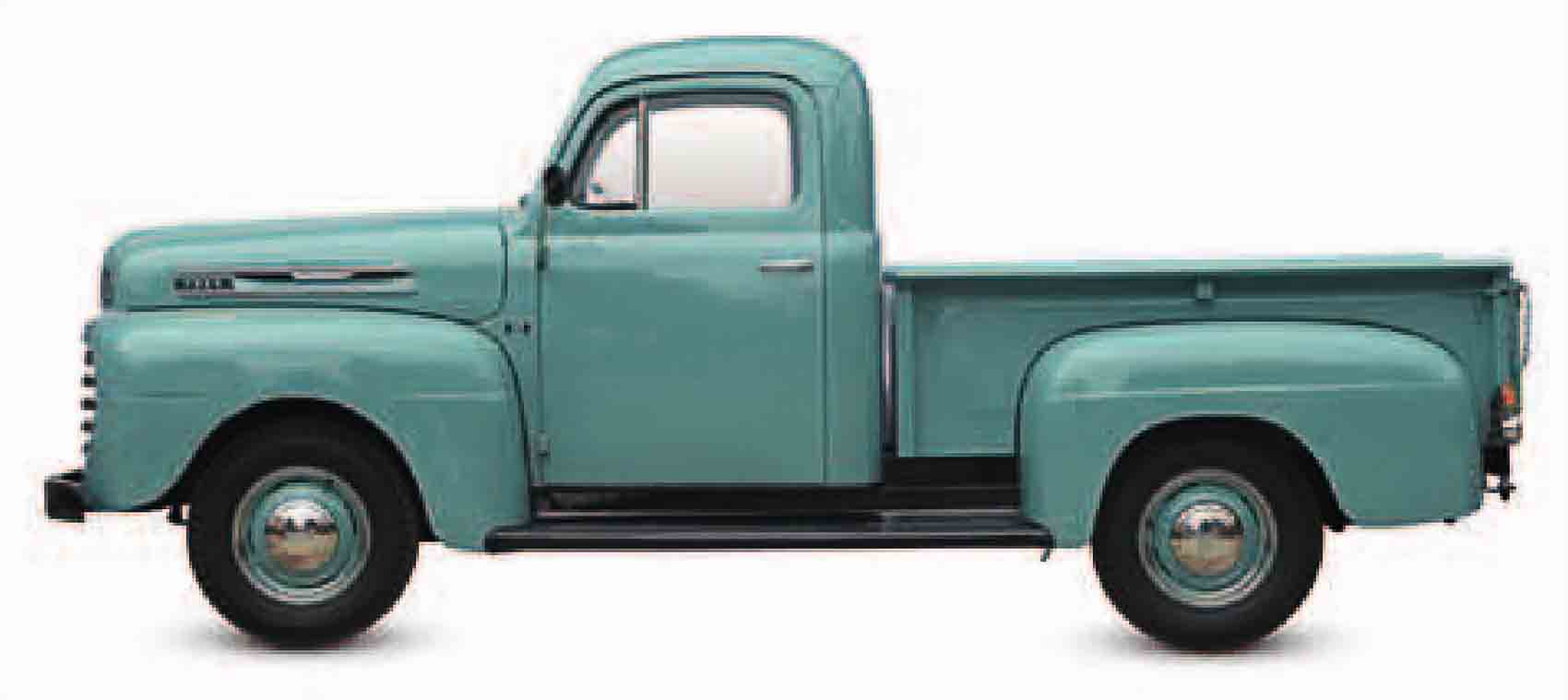
| Origin | USA |
| Engine | 3,703 cc, V8 |
| Top speed | 70 mph (112 km/h) |
Attractive, well proportioned, and adequately powerful in V8 form, the 1948 truck was styled by Bob Gregorie along the lines of the 1939 Ford range and has always been popular.
Humber Super Snipe staff car, 1938
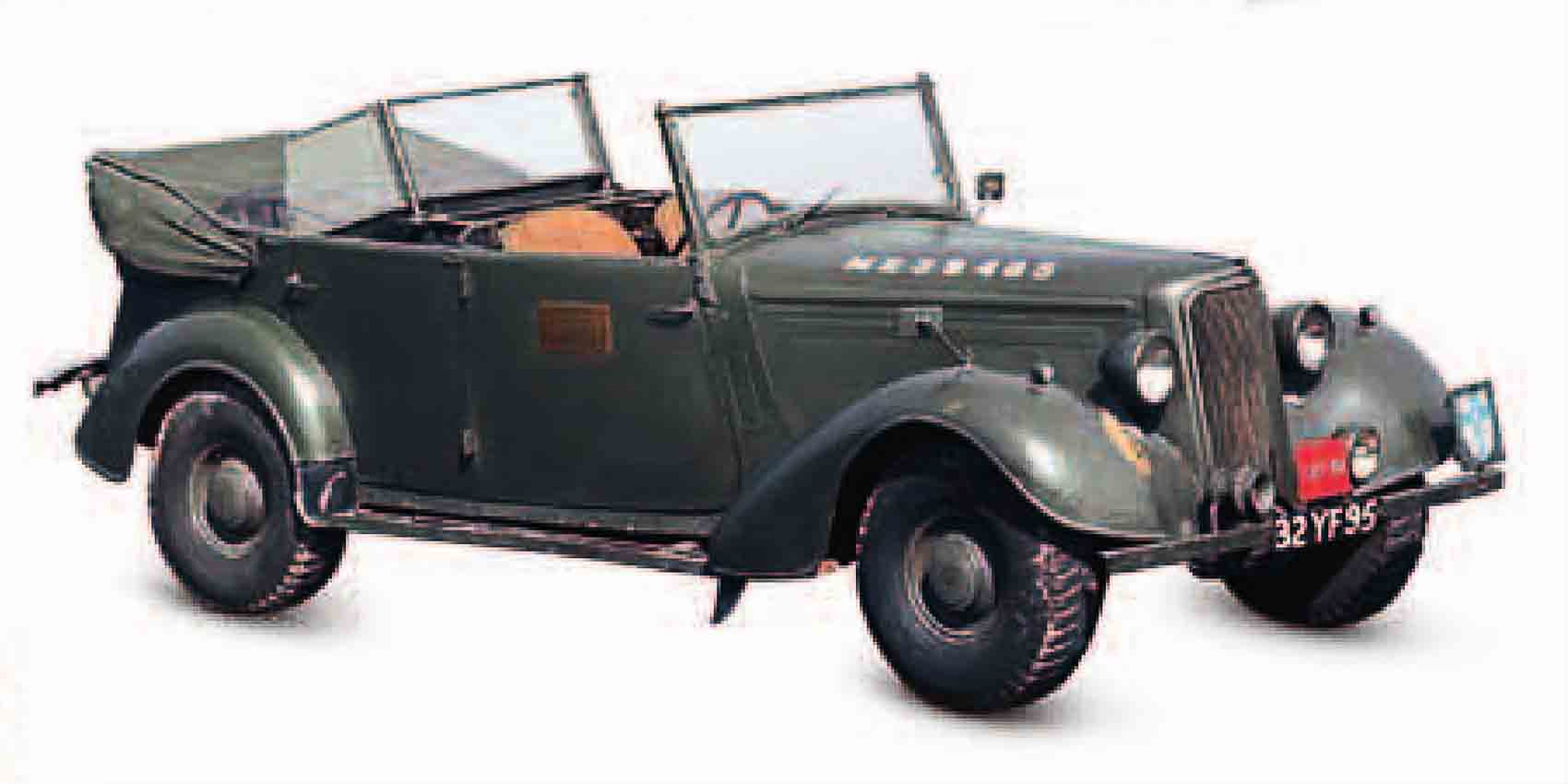
| Origin | UK |
| Engine | 4,086 cc, straight-six |
| Top speed | 78 mph (126 km/h) |
This Humber was the perfect vehicle for transporting British officers during World War II. Despite being large and lumbering, it was rapid and very strong.
Citroën 11 Large, 1935
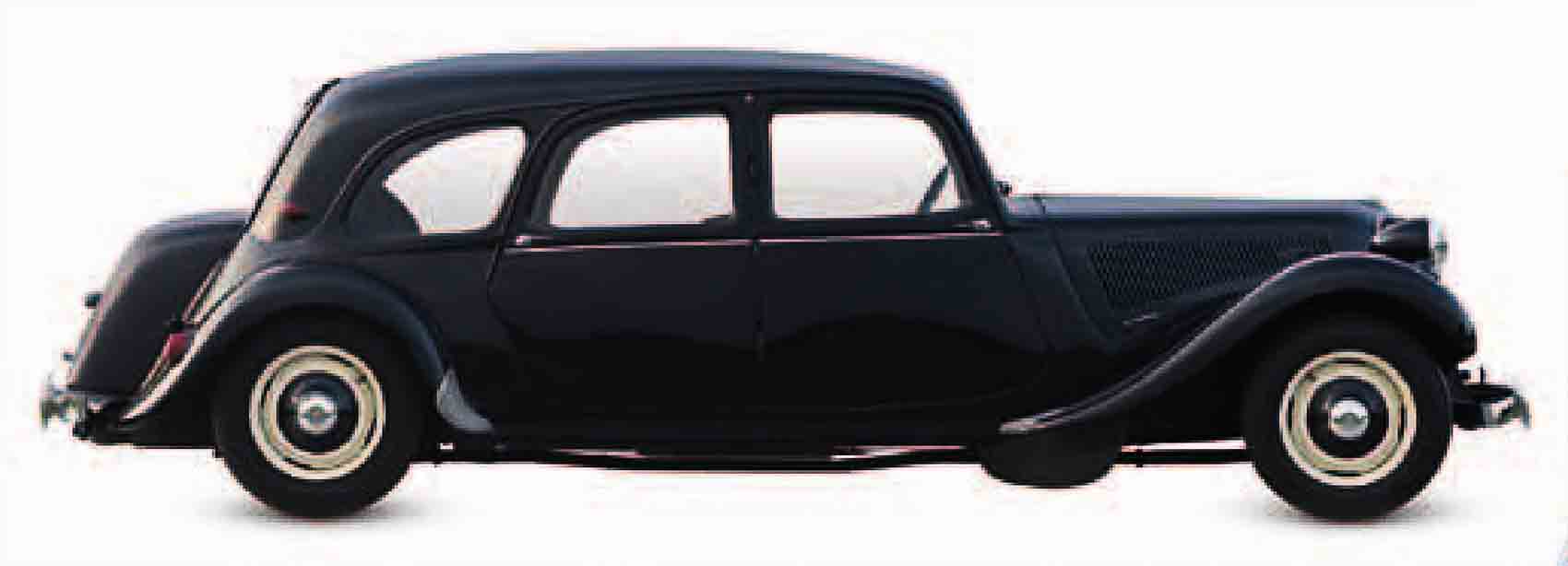
| Origin | France |
| Engine | 1,911 cc, straight-four |
| Top speed | 65 mph (105 km/h) |
The longest of the innovative front-wheel-drive Citroëns was over 15 ft (4.5 m) long with a huge turning radius. Ideal for the larger family or as a taxi, it had three rows of seats.
International Harvester K-series pick-up, 1941
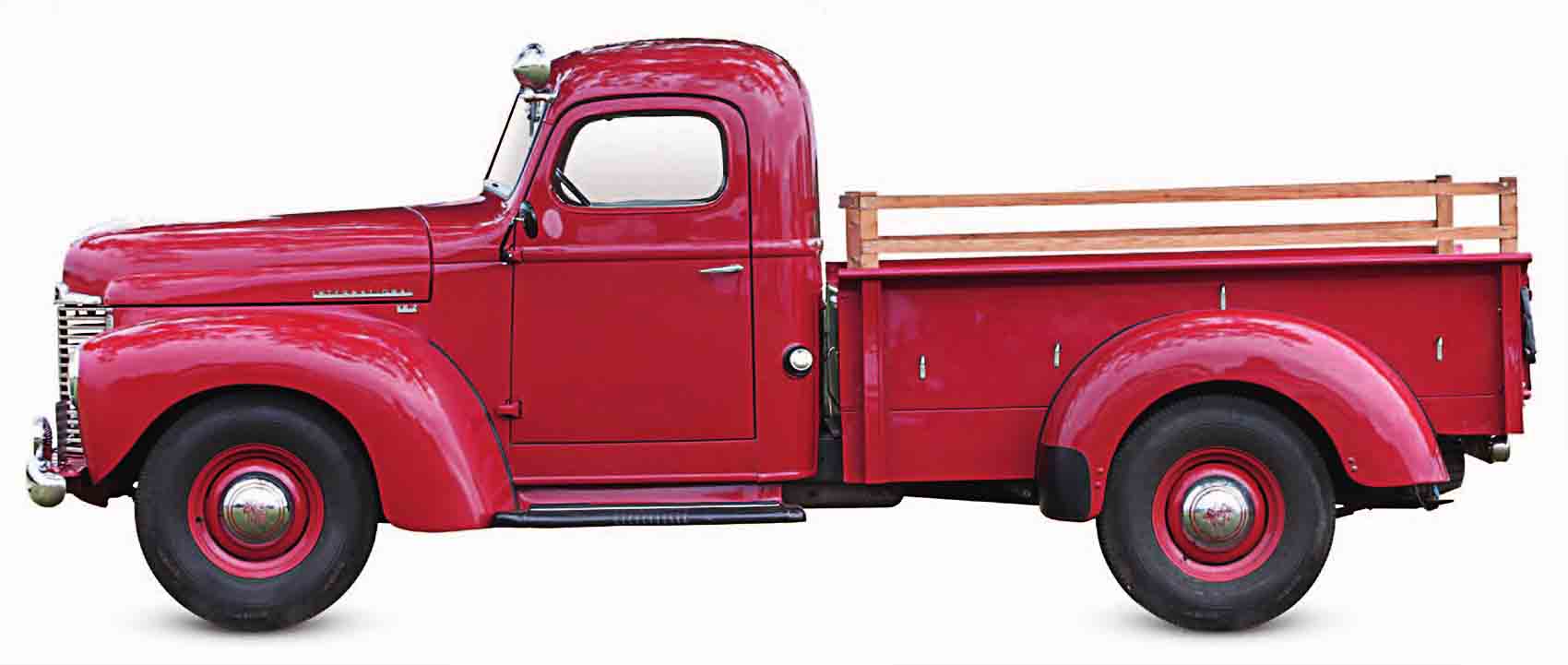
| Origin | USA |
| Engine | 3,507 cc, straight-six |
| Top speed | 65 mph (105 km/h) |
The pick-up truck became standard transportation in rural America by the 1940s. Agricultural machinery maker International Harvester started building light trucks in 1909.
Volkswagen Kübelwagen, 1940
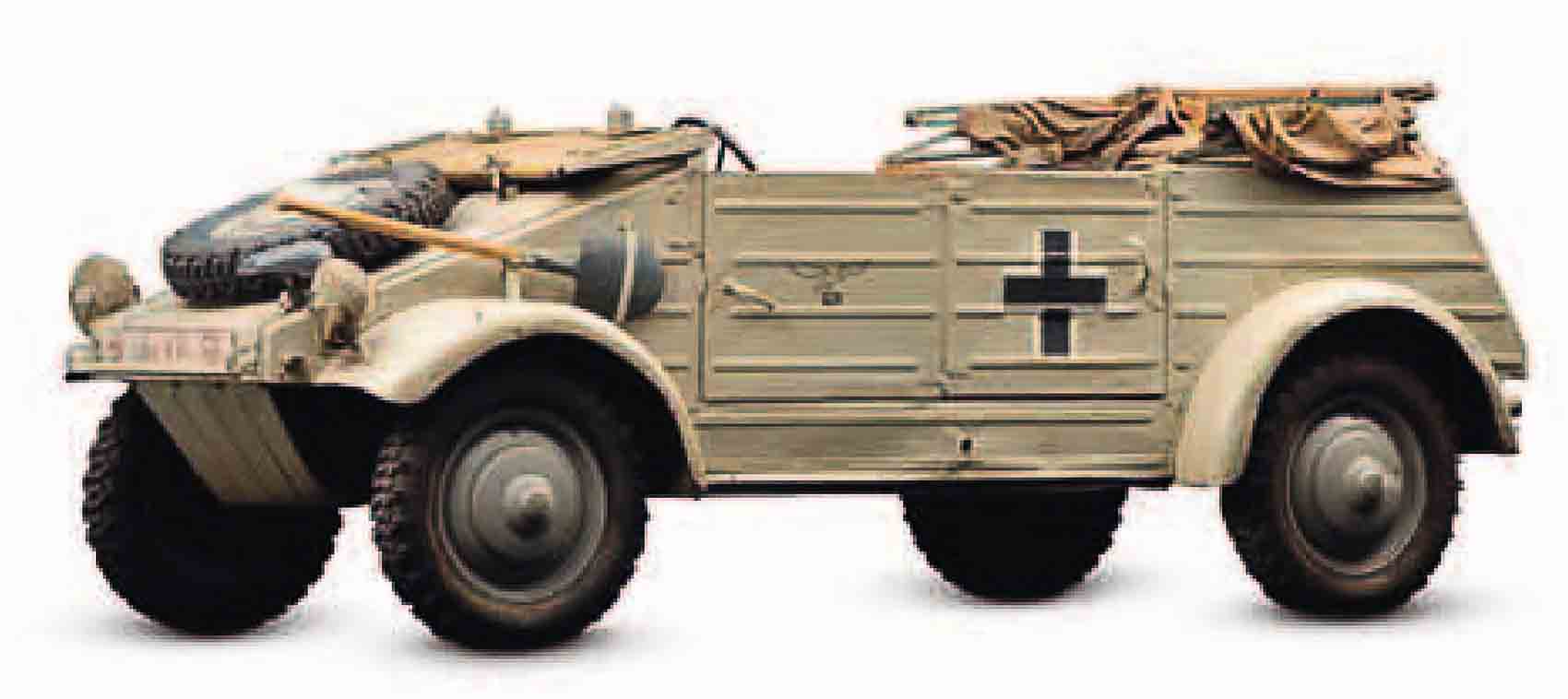
| Origin | Germany |
| Engine | 985 cc, flat-four |
| Top speed | 50 mph (80 km/h) |
Ferdinand Porsche’s Beetle-based military transport served in all fields of war, despite being only two-wheel drive. A remarkable 50,435 of these were built from 1940 to 1945.
Volkswagen Schwimmwagen Type 166, 1941
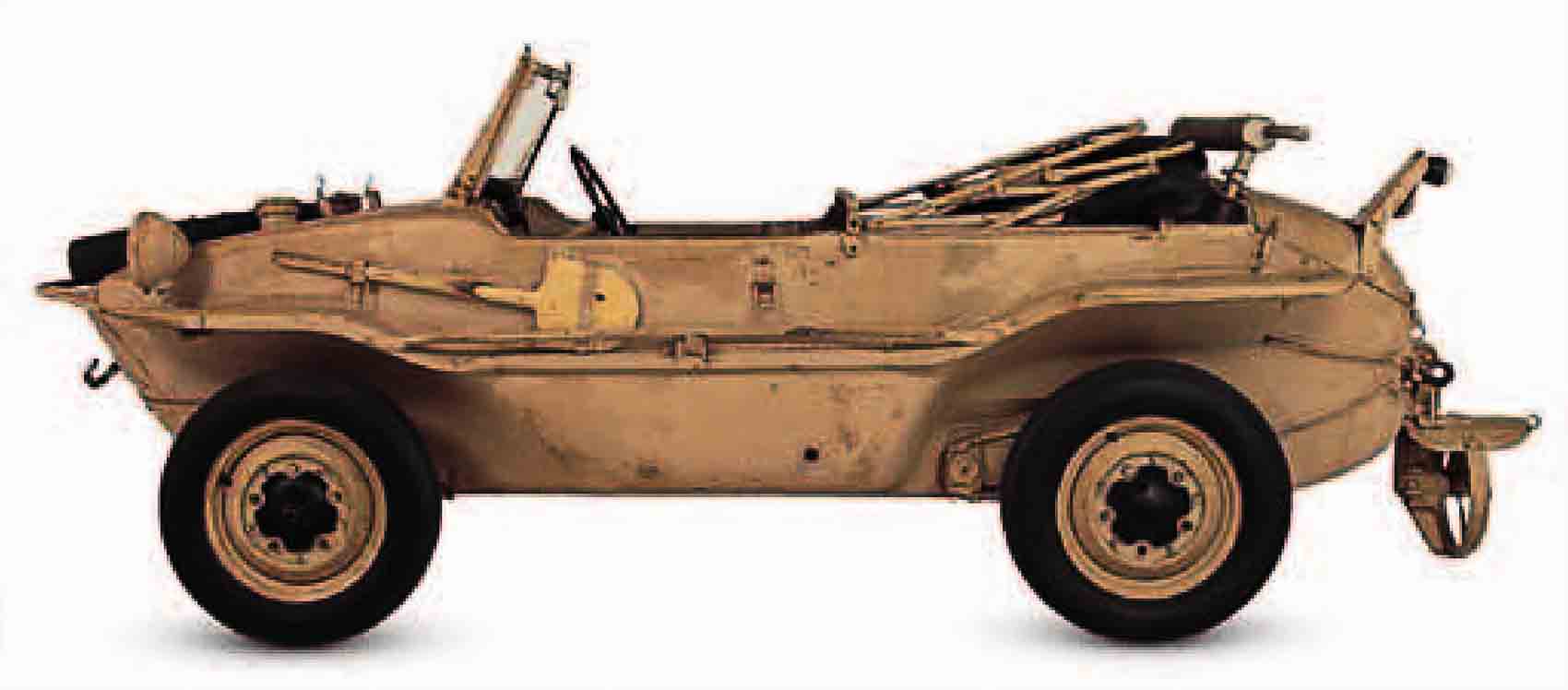
| Origin | Germany |
| Engine | 1,131 cc, flat-four |
| Top speed | 47 mph (76 km/h) |
A highly effective amphibian of which 15,584 were built, the Schwimmwagen had a propeller for water propulsion. It was four-wheel drive in first gear only, with two limited-slip differentials.
Chevrolet Stylemaster Van, 1946
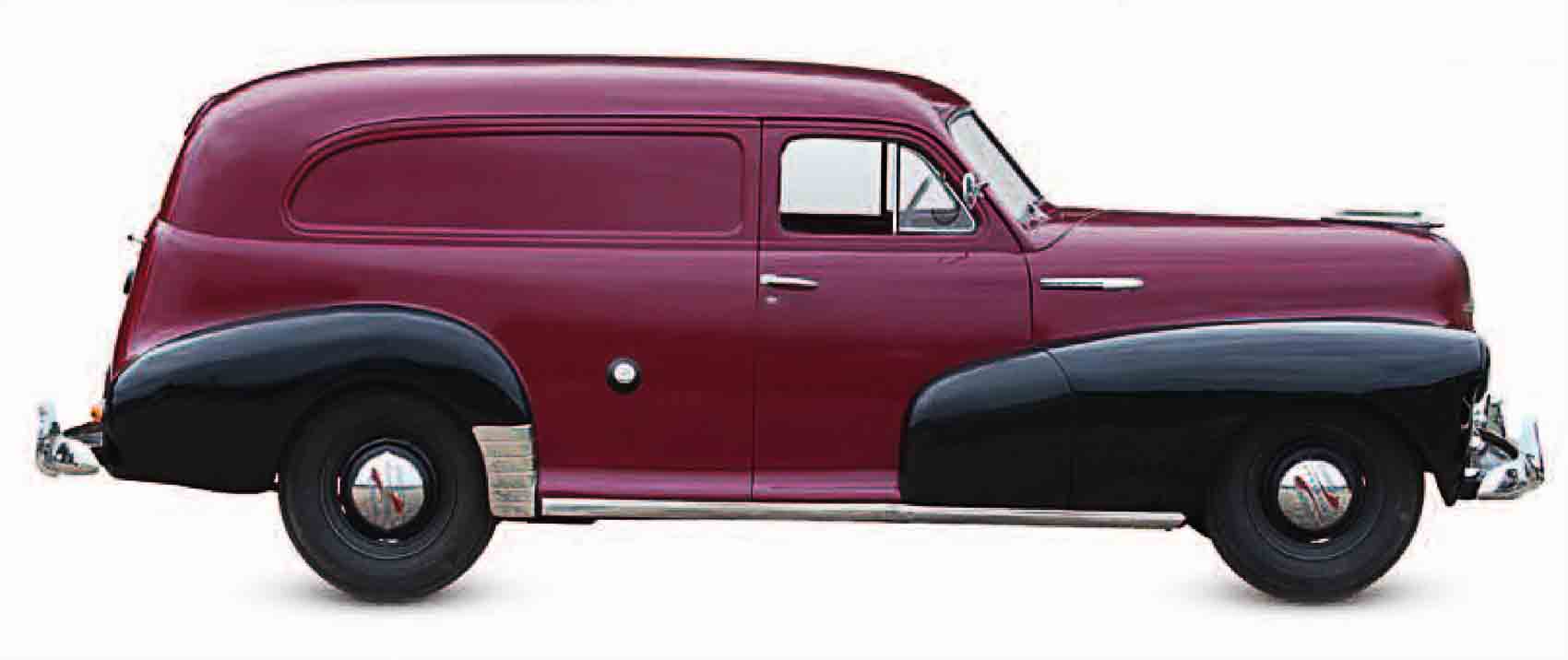
| Origin | USA |
| Engine | 3,548 cc, straight-six |
| Top speed | 87 mph (140 km/h) |
This capacious van was ideal for transporting loads in rural areas. A great value, the durable “Stovebolt Six” engine introduced in 1937 made it a best-seller.
Standard Vanguard, 1948
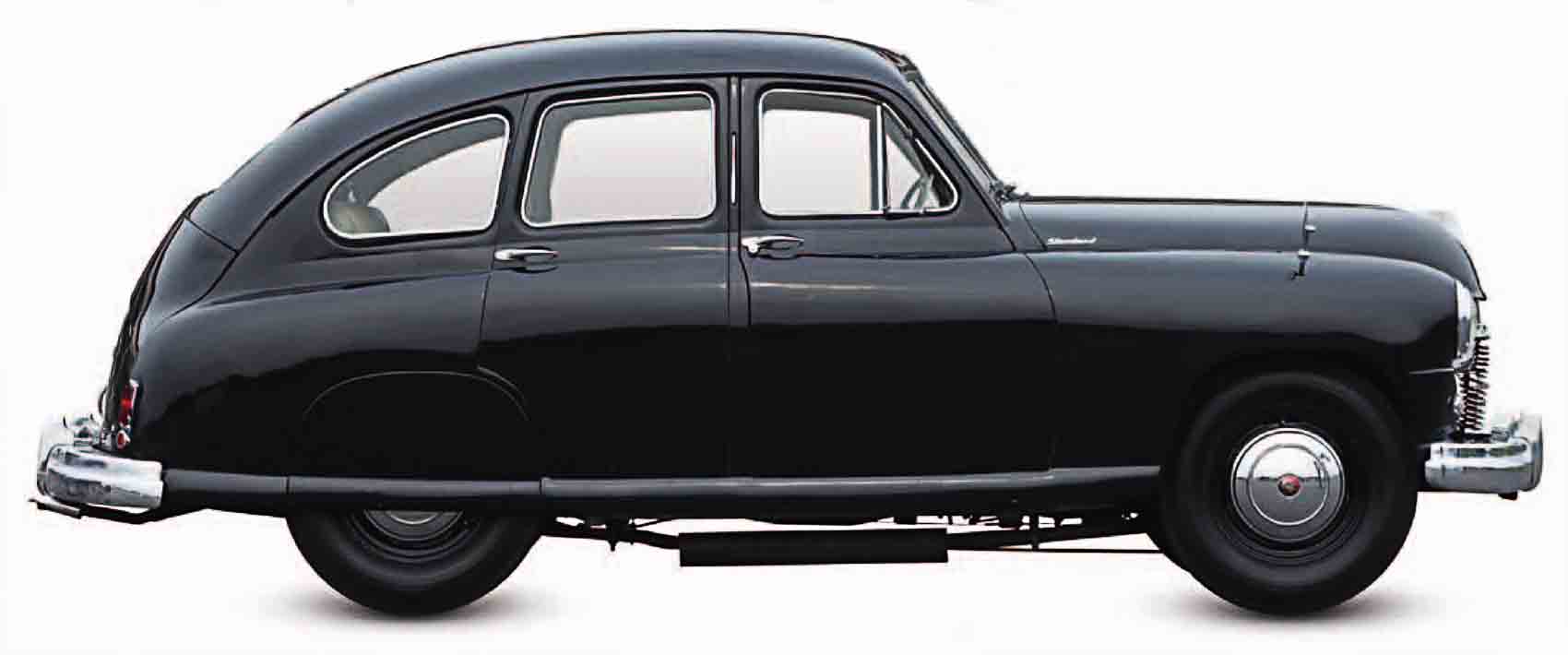
| Origin | UK |
| Engine | 2,088 cc, straight-four |
| Top speed | 77 mph (124 km/h) |
Standard’s MD Sir John Black’s post-war dream was to build a car for worldwide export. In fact, however, sales were confined to British Commonwealth countries.
Land-Rover Series I, 1948
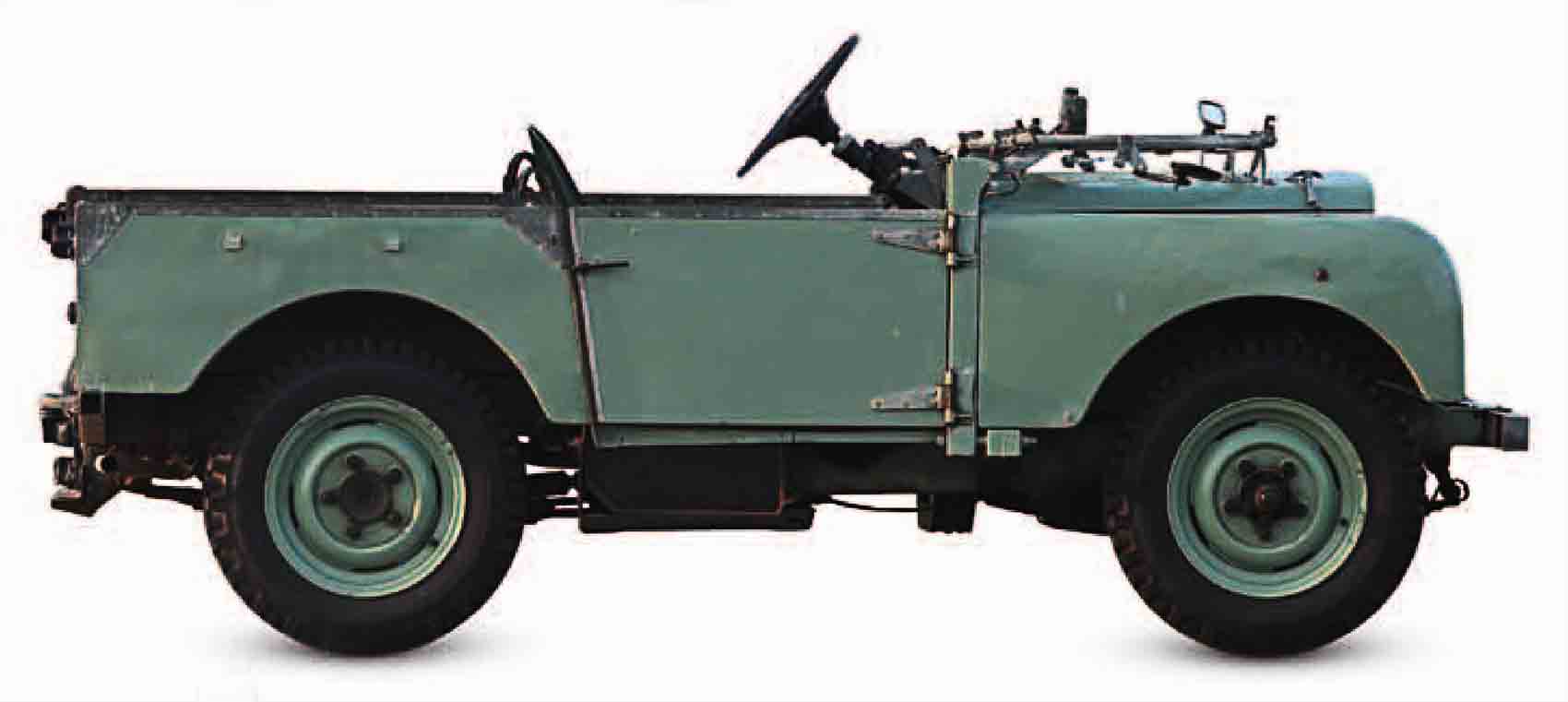
| Origin | UK |
| Engine | 1,595 cc, straight-four |
| Top speed | 55 mph (89 km/h) |
Rover director Maurice Wilks conceived a 4×4 utility for farming families that could go anywhere on the fields, take children to school, and carry produce to market.
Land-Rover Series I Station Wagon, 1948
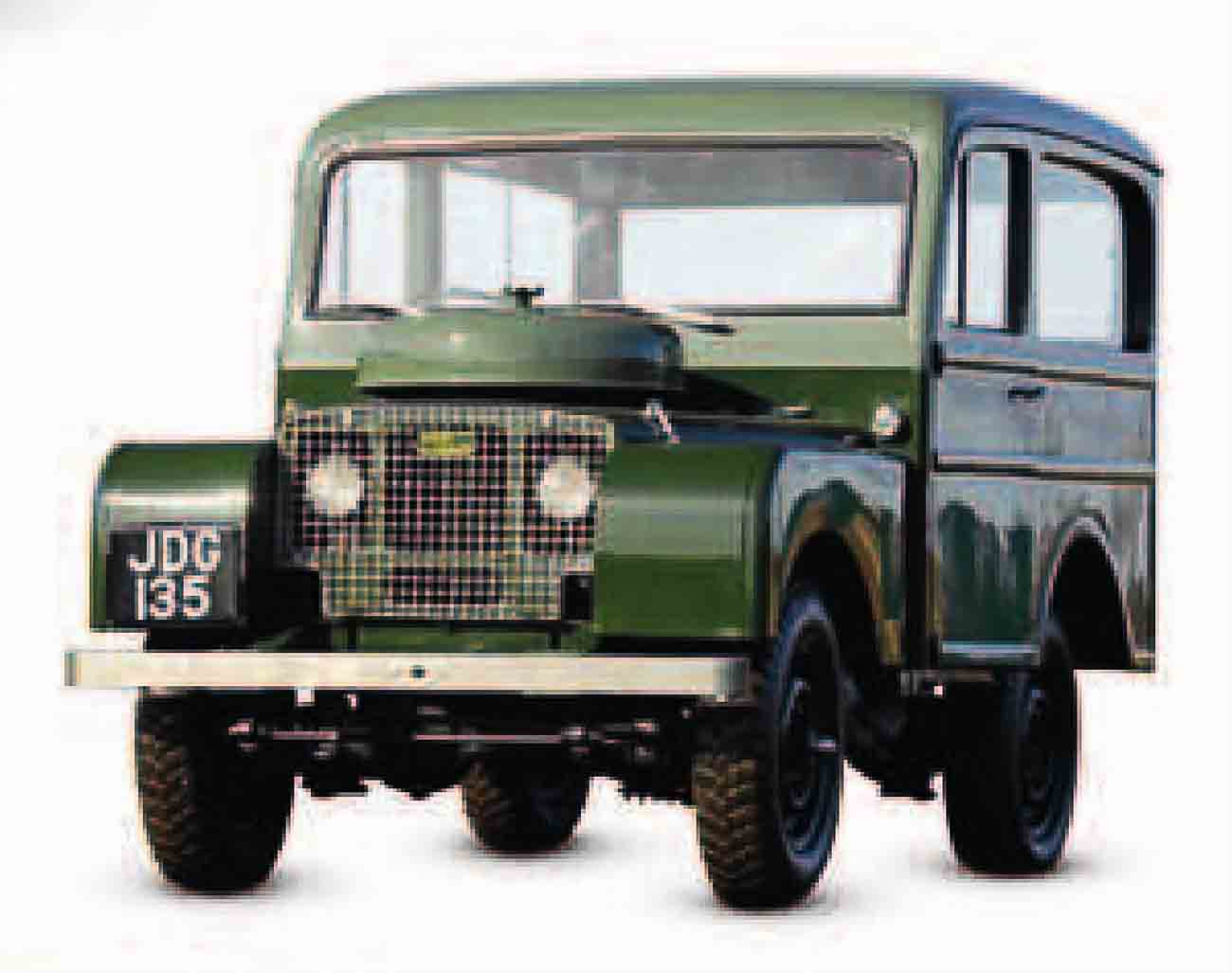
| Origin | UK |
| Engine | 1,595 cc, straight-four |
| Top speed | 55 mph (89 km/h) |
Far more versatile than the Jeep that inspired it, the Land-Rover’s wider appeal led to demand for a more civilized vehicle-the 7-seater Station Wagon fulfilled that brief.
Willys MB “Jeep”, 1941
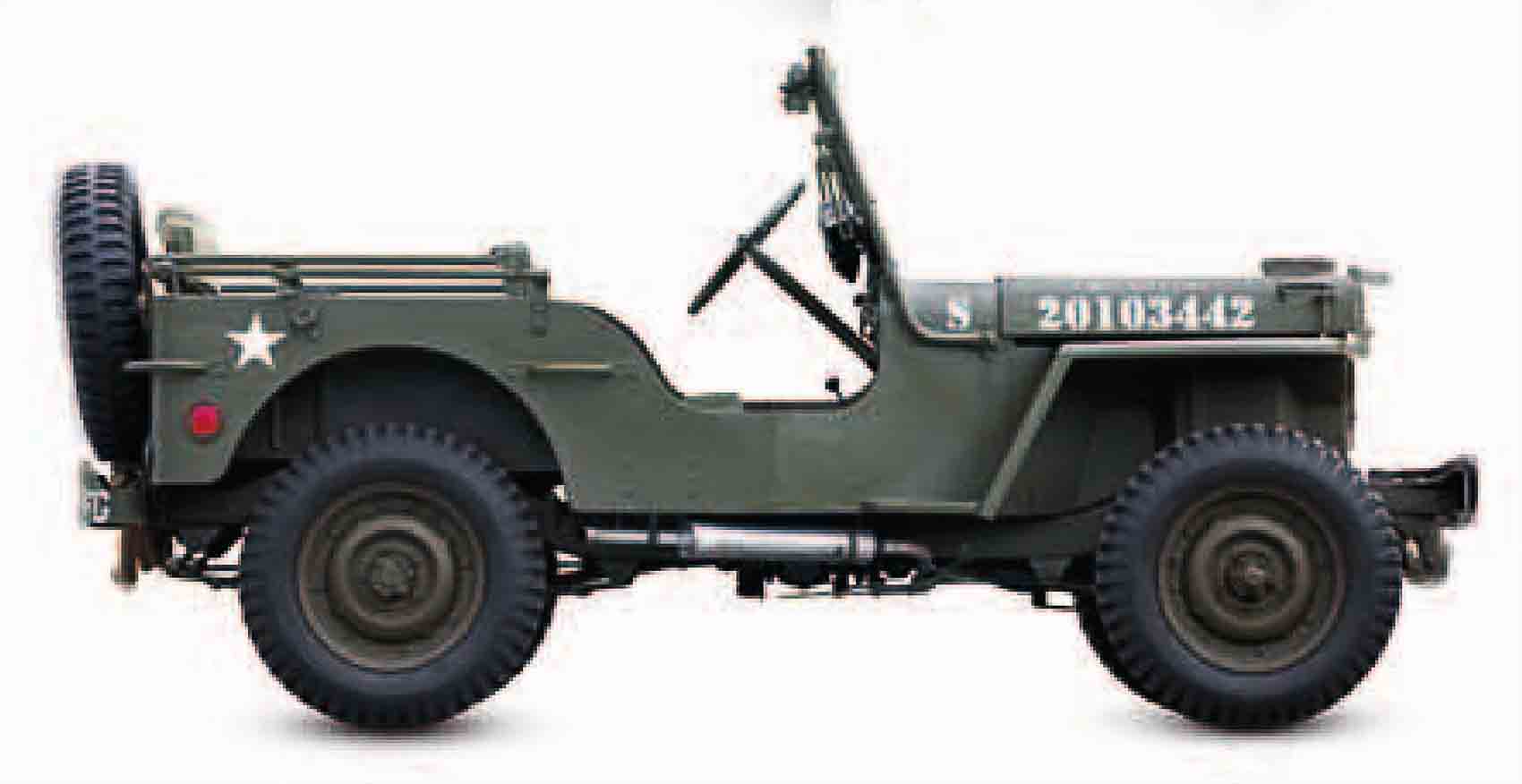
| Origin | USA |
| Engine | 2,199 cc, straight-four |
| Top speed | 60 mph (97 km/h) |
Willys, Ford, and Bantam competed for the U.S. Army contract to build a light, four-wheel-drive reconnaissance vehicle. Willys won with the MB, and Ford built it as the Ford GPW.
Willys Jeep Jeepster, 1948
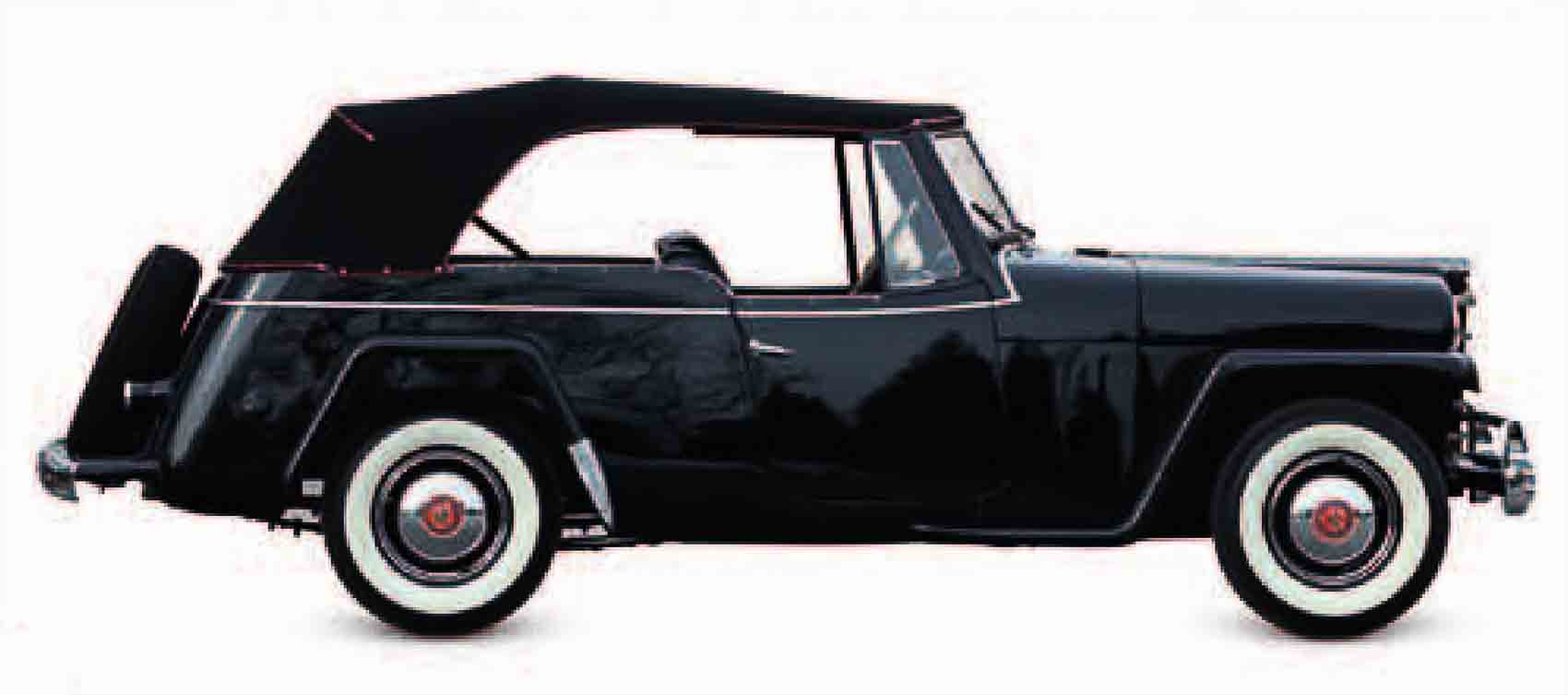
| Origin | USA |
| Engine | 2,199 cc, straight-four |
| Top speed | 60 mph (97 km/h) |
Designed by Brooks Stevens, the Jeepster was an attempt to create a fun sports car from the basic wartime Jeep. It was rear-wheel drive only, and was heavily decorated with chrome.
Jowett Bradford, 1946
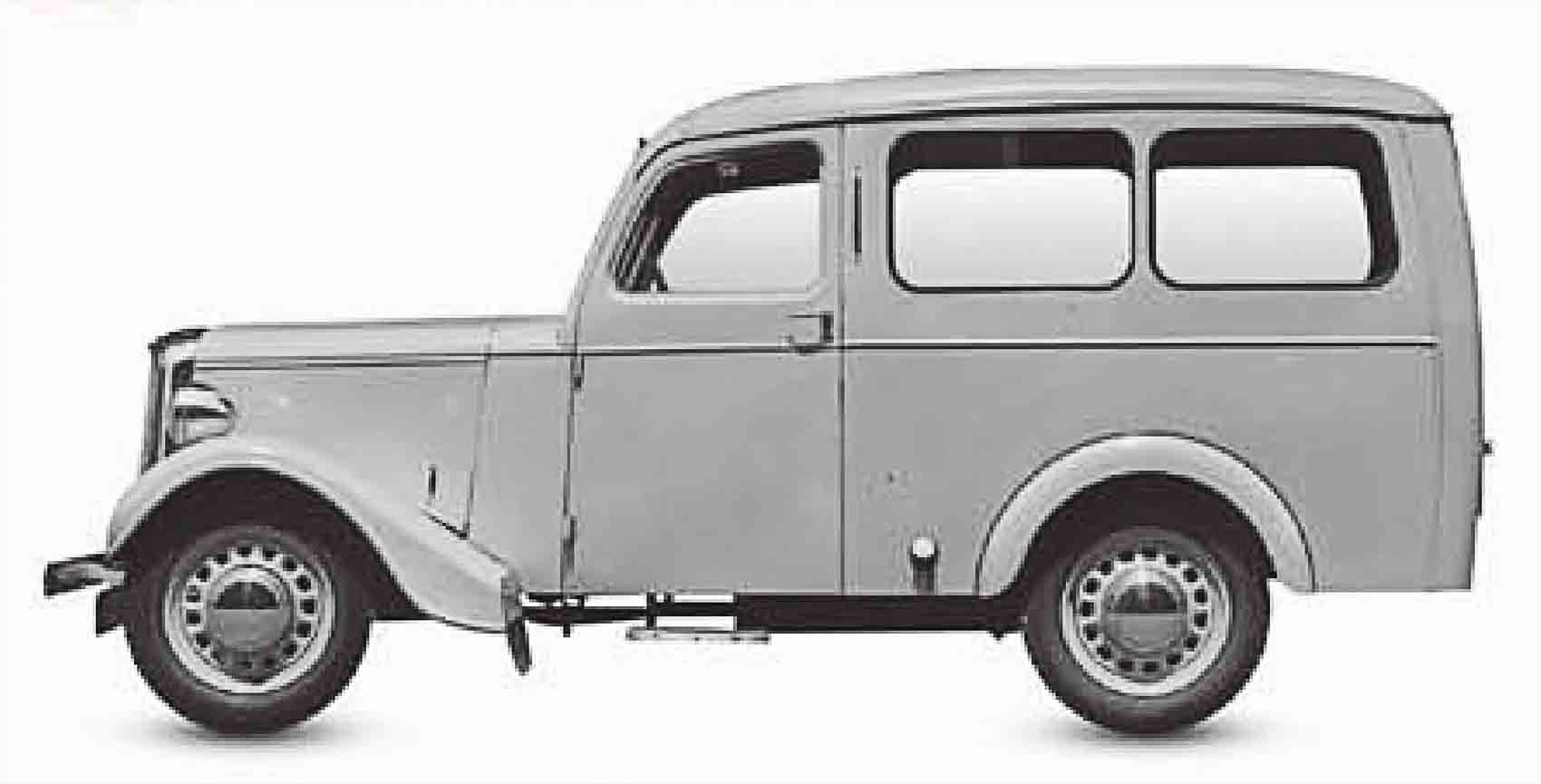
| Origin | UK |
| Engine | 1,005 cc, flat-two |
| Top speed | 53 mph (85 km/h) |
Jowett’s horizontally opposed flat-twin engine dated back to 1910, but it readily pulled this spacious family wagon. It was typical functional transportation built in Yorkshire.
Hillman Minx Phase III estate, 1949
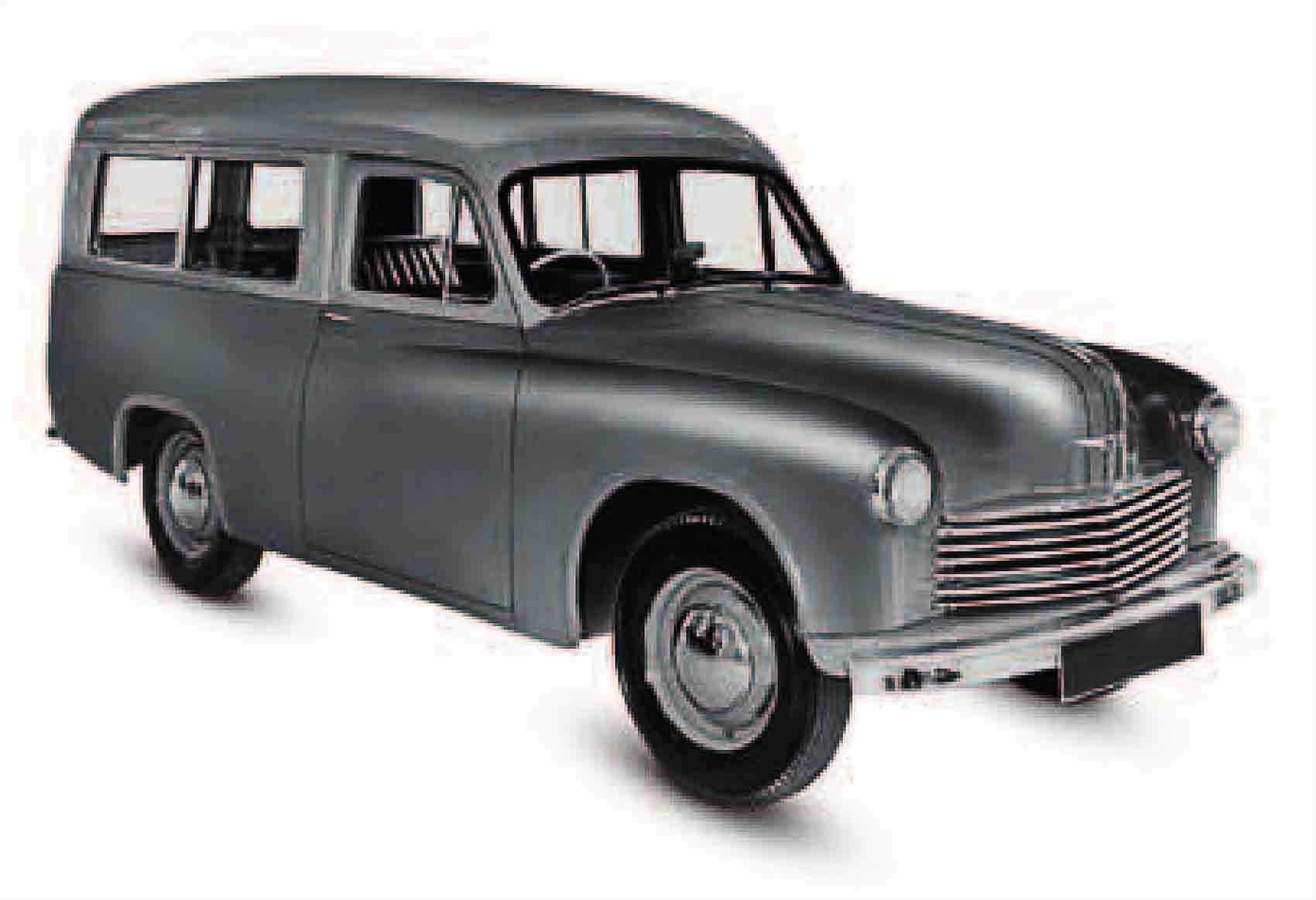
| Origin | UK |
| Engine | 1,185 cc, straight-four |
| Top speed | 59 mph (95 km/h) |
Station wagons were practical workhorses, and Hillman was one of the first British marques to produce a station-wagon body adapted from a monocoque Commer van.
It is a quote. The Definitive Visual History Of The Automobile 2011




